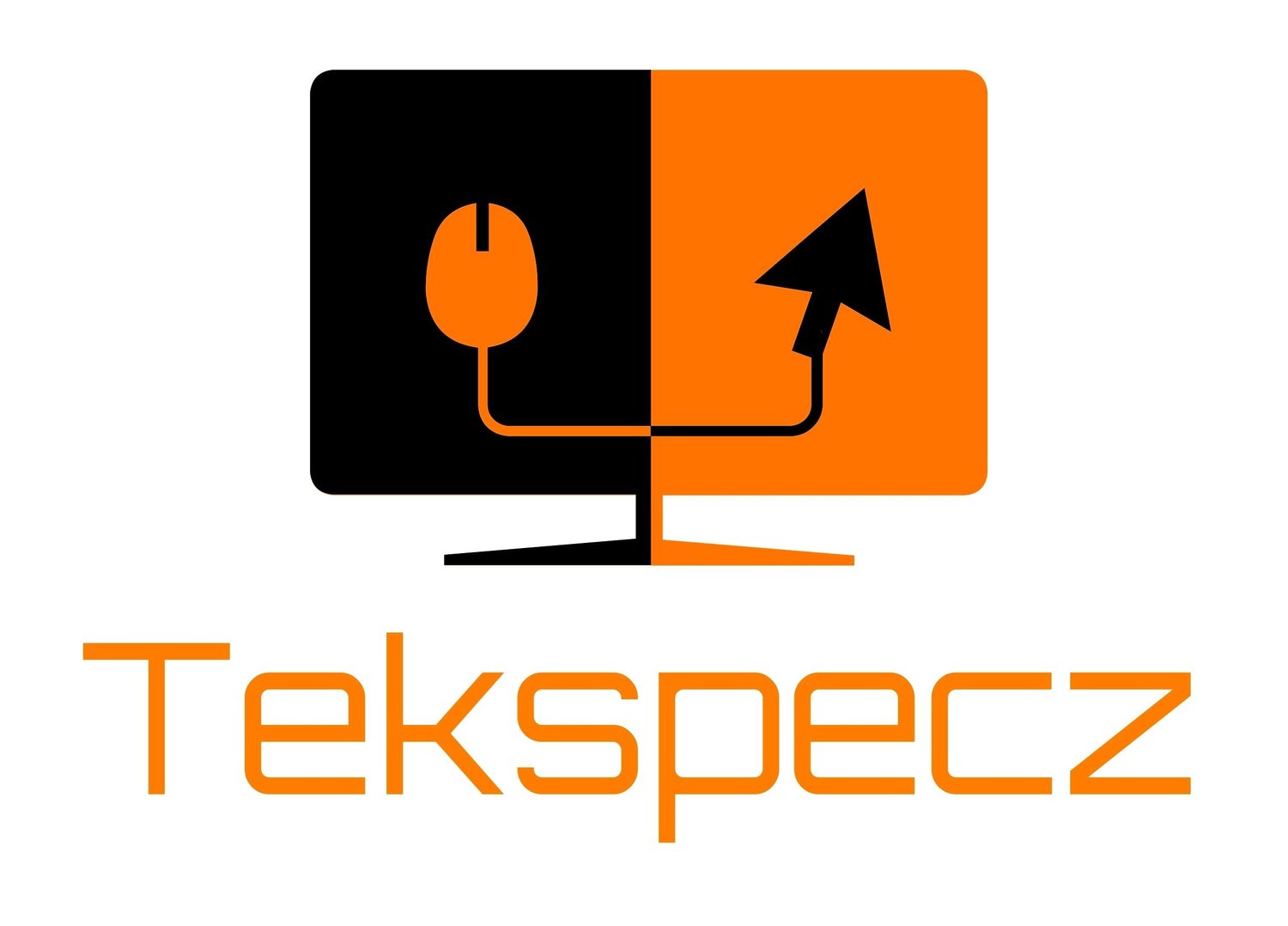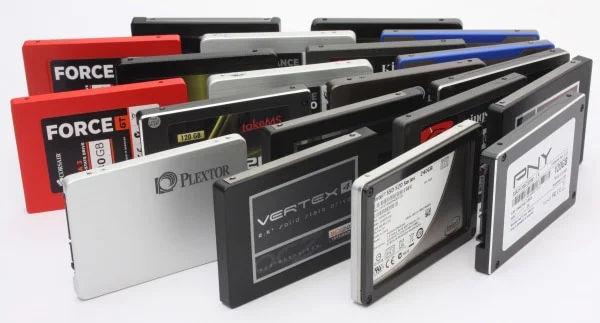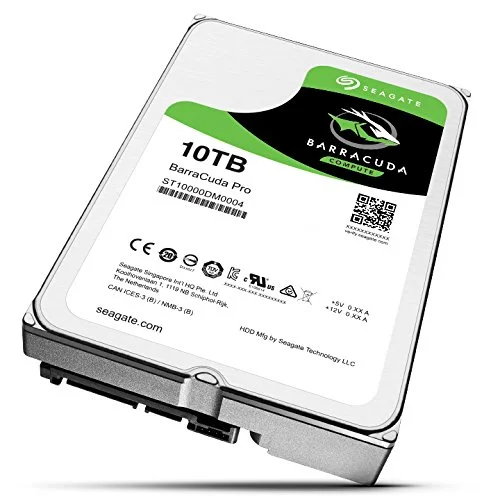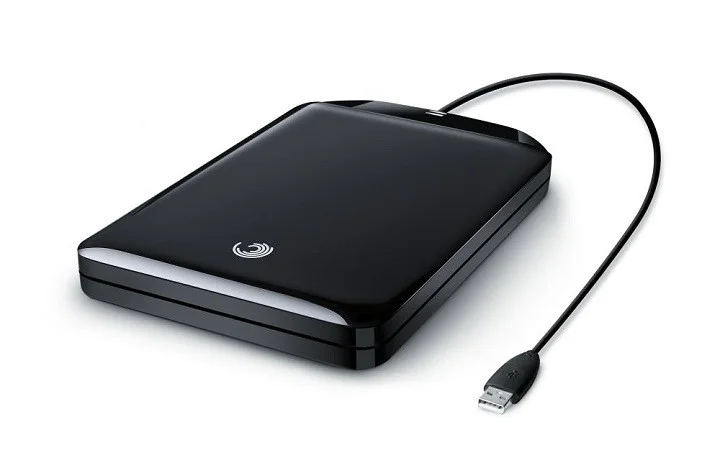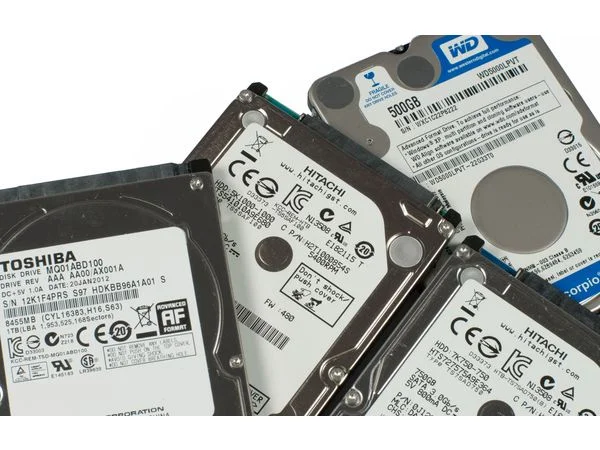The Guide To Buying a Hard Drive
The critical aspect of computing is the amount of data stored on a piece of hardware we call the hard drive. I won't call it the proverbial brains of any computer system, but without information stored, data does not get process through the CPU or stored on the memory. Now what I just did was outline the inner workings of a computer, with that said, hard drives after a while can die on you and need to be replaced. Or, in some instances, you want to increase the storage, or maybe you're in the process of building a whole new system entirely.
There are specific measures you should take when shopping for a new hard drive. In trying to keep it all simplistic, I've formulated a buyers guide. As always when shopping for hardware or electronics, do the careful research. The hard drive buyer's guide, let's get to it.
Performance Should Be Considered
When discussing hard drive performance, its almost always referred to data transfer speed from one device to another. Today, the speed of a consumer grade internal hard drive uses Serial ATA Interface standard, better known as (SATA). The determining factor on how fast internal drives connect to a host, such as your computer and server. There are three generations of SATA (SATA 1 and 2). Currently all computers today use SATA 3, which has a max speed measuring 6 gigabits per second.
The SATA 3 hard drive is faster than earlier gen devices, and it's capable of transferring 700MB in a mere second. Now the actual speed of a hard drive is probably slower due to mechanical limitations; you also have to consider the drive overhead.
Today, we have come upon a whole new drive standard known as M.2, introduced in 2015. Currently, M.2 is only available for SSDs. Now M.2 is much different in that the storage device connects via PCI express, the same slot that's used by the graphics card. Occupying the PCIe slot means data transfer is much faster than SATA. As of today, most motherboards especially those that fall in the high-end category support M.2. You'll also find the ultra-compact laptop go with the M.2 hard drive as well, which make sense being that the drive itself is no bigger than a stick of gum. Despite its size, the M.2 is superbly faster, yet offers the same storage capacities as the much bigger drives.
The Capacity
The capacity is the amount of data that are handled by the storage drive itself. The total size of a hard drive is measured in gigabytes, 1GB can store up to 160 Spotify music files, or 500 photos, even more, if the images are low resolution.
Current 3.5-inch desktop drives today can go as high as 10TB, that amounts to 10,000GB. With solid state drives (SSD), the max capacity is at an astounding 30 TB, a hard drive that's produced by Samsung. Now, you won't see this particular drive with this much capacity in just any desktop system, for one, the drive is insanely pricey; secondly, the sole purpose of this drive is to be used in an enterprise server.
Nonetheless, computing habits determine the drive amount( storage capacity). If you're uploading video and images along with music files my suggestion is to purchase a drive we'll over 1TB.
Internal Drives vs. External Drives
Storage drives though share the same SATA interface, there are different types, we have the HDD ( Hard Drive) and the already mentioned SSD. The HDD uses spinning mechanisms to read and transfer data, while SSD's don't have any moving parts whatsoever but are much faster. Even though SSD's have come down in price over the past couple of years, they're still more expensive per gigabyte to gigabyte in comparison to the HDD.
Most PC builders such as myself will install the operating system to the SSD, mainly because of its speed, the HDD is the secondary drive used for backup. In most cases, you can install your applications onto the HDD.
As for the external drive, its usually connected to a computer via USB, Thunderbolt. The ever so popular USB 3.0 offers a max speed of about 5Gbps and is backward compatible to USB 2.0. The speed of an external drive is indeed not an essential factor, but capacity is. External drives are more affordable than external drives; it's not surprising to find a 2TB option for well under $100. The external hard drives are primarily used for backup, no more or less. Especially for system owners who store content that consumes a great deal of hard drive space.
Purchase Drives Based On Capacity Need
In bringing it right back to capacity, when shopping for drives, one must always consider the needs, I'm specifically referring to the storage capacity. No matter if you're purchasing an SSD or HDD, go as many terabytes as possible. Now if you're the content creator, the photography hobbyist, the more gigabytes of storage space, the better. Solid state drives have come down immensely in price mainly because you have M.2 SATA becoming more popular with system builders, for the record Amazon list the Samsung 860 EVO 1TB SSD for just $129. So I recommend going with the SSD that fall in the TB storage range, more is better in my opinion.
